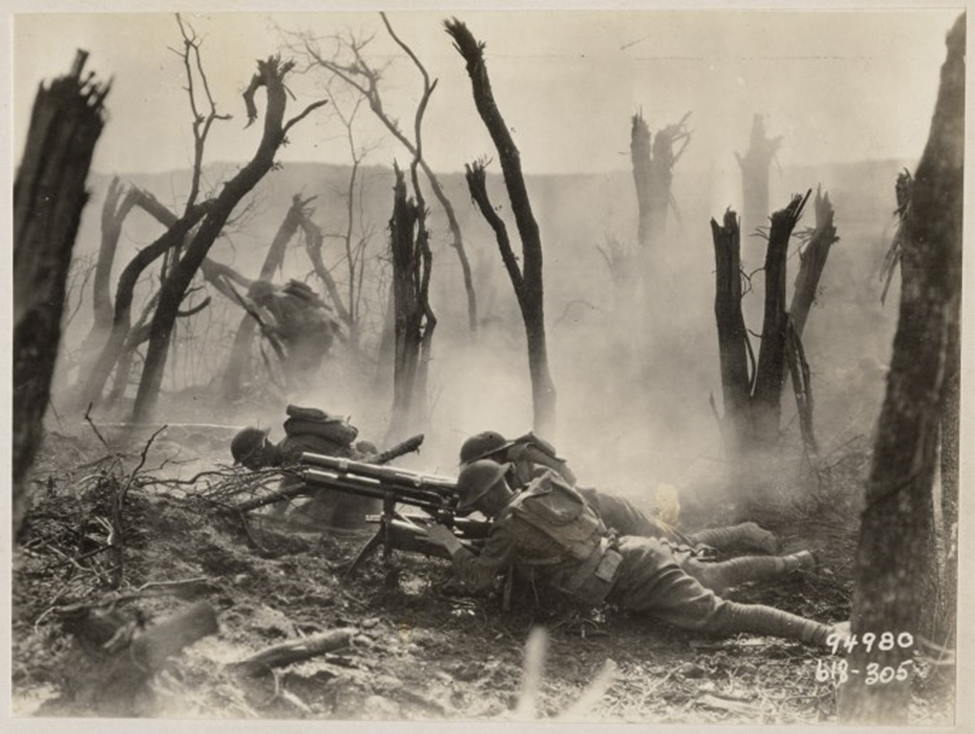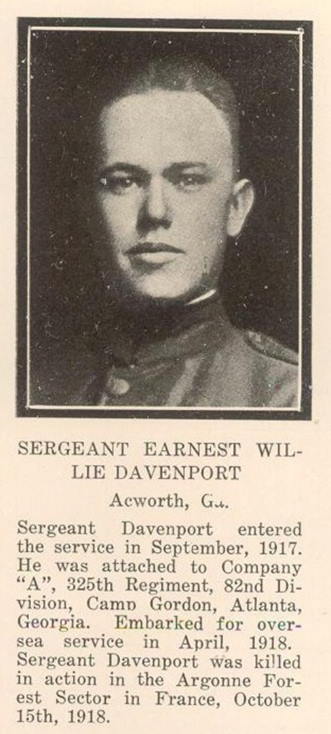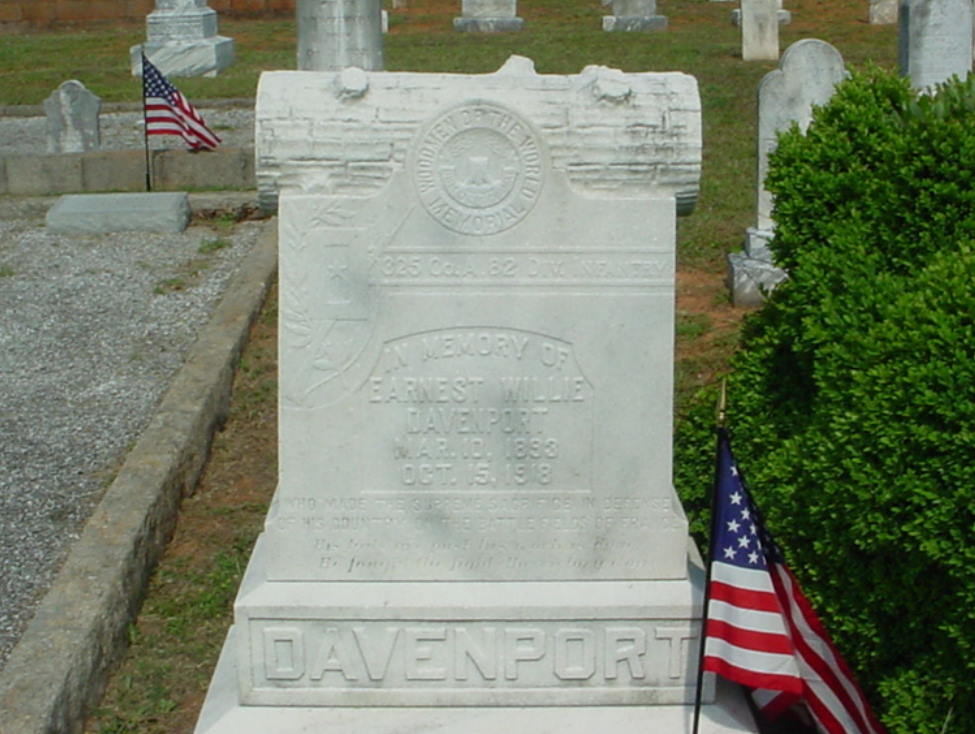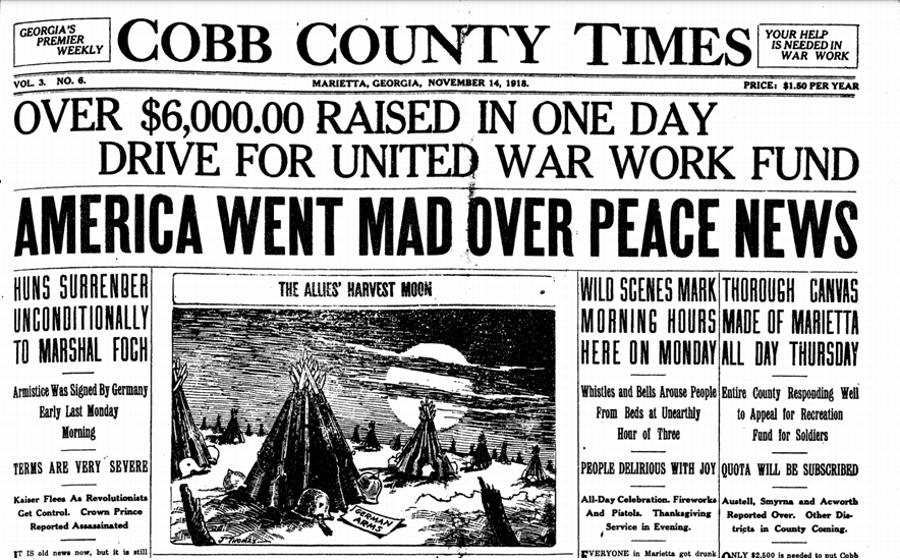by Missina Schallus
Communications Manager, VA’s Center for Women Veterans
Blogs.va.gov
Women Veterans Day, commemorated annually on June 12, is a day marked to honor women who have served and who currently serve in the United States military. It is not a separate day for women Veterans, it is a tribute to a groundbreaking day when women were acknowledged as essential to the war efforts and could serve in the regular armed forces.
Also known as Women Veterans Appreciation Day or Women Veterans Recognition Day, the date is the anniversary of the signing of the Women’s Armed Services Integration Act on June 12, 1948. The law officially allowed women to serve in the U.S. Army, Navy, Air Force and Marine Corps. Before then, only women nurses could serve in the regular and reserve forces during peacetime.
Women have served in America’s wars and conflicts throughout our history and performed many jobs, playing vital roles in the Revolution, serving as soldiers, raising morale, and spying on the enemy. More than 400 women fought in the Union and Confederate armies during the Civil War.
During World War I, about 35,000 women officially served as nurses and support staff, such as the “Hello Girls,” formally known as the Signal Corps Female Telephone Operators Unit.
In World War II, 140,000 women served in the Women’s Army Corps (WAC), performing critical jobs, such as military intelligence, cryptography and parachute rigging. In August 1943, the Women’s Auxiliary Ferrying Squadron (WAFS), which freed male pilots for combat roles, and Women’s Flying Training Detachment (WFTD) merged into a single unit for all women pilots, the Women Airforce Service Pilots (WASPs), who flew more than 60,000 miles in two years. During this time, the 6888th Battalion was formed as the only all-Black WAC unit to be deployed overseas during WWII. Their nickname was “Six-Triple Eight” and their motto was “No Mail, Low Morale.”
Today there are still many women Veteran history lessons to be taught. The first Women Veterans Day was celebrated on June 12, 2018, and it is currently a state-recognized commemoration in California, Hawaii, Indiana, Kentucky, Michigan, New Jersey, New Mexico, New York, Ohio, Oregon, South Carolina, Tennessee, Texas and Wisconsin.







 Cobb County suffered lost sons in the Great War. One-hundred and two years ago, on October 15, 1918, Sergeant Earnest Willie Davenport was killed in action in the Meuse River–Argonne Forest offensive in France. Sergeant Davenport was a son of Acworth, GA. He was twenty-five years old at his death.
Cobb County suffered lost sons in the Great War. One-hundred and two years ago, on October 15, 1918, Sergeant Earnest Willie Davenport was killed in action in the Meuse River–Argonne Forest offensive in France. Sergeant Davenport was a son of Acworth, GA. He was twenty-five years old at his death.
